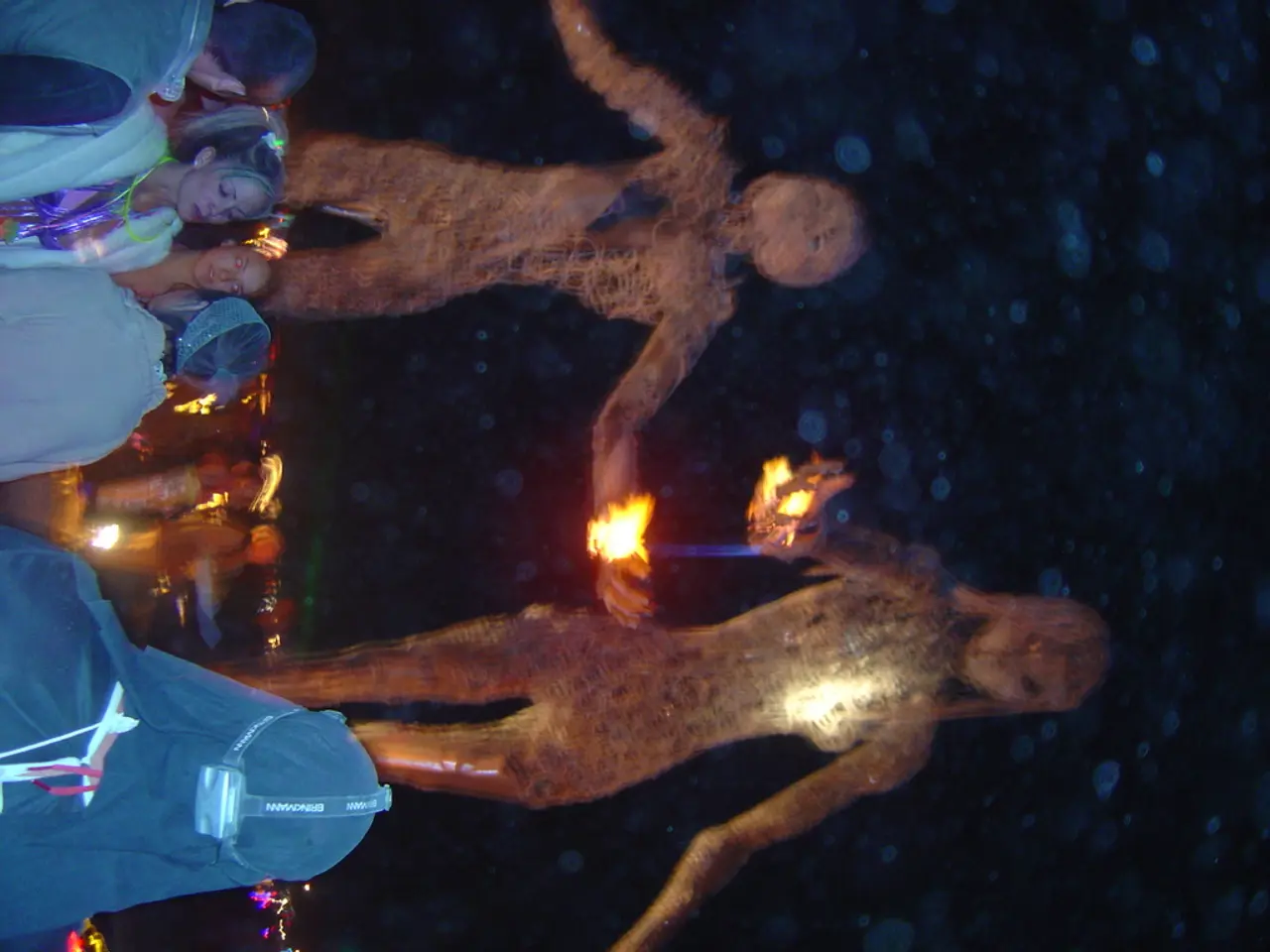Major Seismic Activity in Alaska: 7.3 Magnitude Earthquake Hits
## News Article: Alaska Experiences Significant Earthquake, Prompts Tsunami Warning
On July 16, 2025, Alaska was hit by a powerful earthquake with a magnitude of 7.3, located approximately 55 miles south of Sand Point. The event triggered an initial tsunami warning, which was later downgraded and eventually cancelled as no large waves were expected.
The earthquake occurred at approximately 12:37 PM local time, with the epicenter located at a depth of 20.1 kilometers. The tremor was felt over a broad area, including Anchorage and Juneau, with stronger shaking reported in Sand Point. However, no significant damage was reported near the epicenter[1][2][3].
Following the earthquake, a tsunami warning was issued for parts of coastal Alaska, including Sand Point, Cold Bay, and Kodiak. Residents were advised to move to higher ground or inland. However, the warning was later downgraded to an advisory and eventually cancelled as no large waves were expected. The National Tsunami Warning Center confirmed the tsunami[2][3].
The earthquake generated multiple aftershocks, with over 40 detected in the first few hours, including a magnitude 5.2 quake. Smaller earthquakes are expected to continue[1]. It is important to note that this region has experienced increased seismic activity over recent years, with several magnitude 7 or greater earthquakes occurring within the past five years[1].
The U.S. state of Alaska lies on the seismically active Pacific Ring of Fire, and the population is generally housed in earthquake-resistant buildings, as stated in a release[3]. The U.S. Geological Survey has assessed a low risk of damage or casualties from the recent earthquake[3].
While the recent earthquake was significant due to its potential for tsunami waves and ongoing seismic activity, it is important to remember that it was much smaller and less destructive than the 1964 earthquake. The 1964 Great Alaska Earthquake, also known as the Good Friday Earthquake, was a magnitude 9.2 megathrust earthquake that occurred on March 27, 1964. It is the largest earthquake in U.S. history and one of the most significant globally.
The 1964 earthquake caused widespread destruction, including tsunamis that affected several coastal communities in Alaska and Hawaii. More than 130 people lost their lives in the March 1964 earthquake and subsequent tsunami[4]. The recent earthquake, while significant, did not produce such devastating tsunami waves.
Sources: [1]
The Commission has not yet adopted a proposal for a directive regarding the impact of environmental-science, particularly the effects of seismic activity like the recent earthquake in Alaska, on weather patterns. Despite the significant earthquake in Alaska, it is crucial to remember that it was much less destructive than the 1964 Great Alaska Earthquake, which had devastating effects on both tsunami waves and weather patterns.








